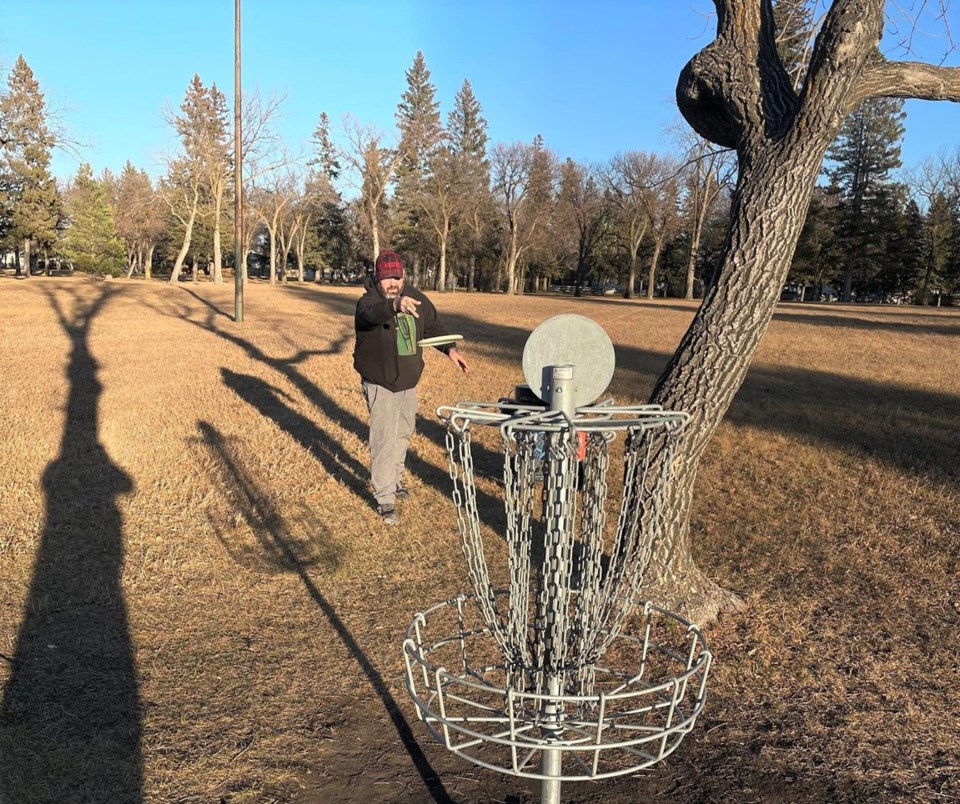YORKTON - At the last meeting of Yorkton Council, a project with a price tag of roughly $1 million for a dual purpose recreation facility (bike pump track and basketball courts), was put on hold for at least a year in spite of the money being allocated in budget.
Then at the most recent Council meeting this Monday, (Feb. 13), Council gave the green light to complete another recreation project, redoing the ice plants at the Gallagher Centre, again at a cost of roughly $1 million.
While there is no direct correlation between the two project in terms of investment, decision making, or even users, they do illustrate something about recreational facilities, and that is the long term costs of indoor versus outdoor investments.
When you have to put walls and a roof on a facility and install mechanical equipment maintenance costs are just going to be more.
Roofs get leaks which need fixing. Mechanical machines break down. And, there is of course the costs of keeping the lights on and the temperature liveable.
Certainly outdoor facilities may need some work over time too – we’ve seen city playgrounds updated to meet modern equipment safety requirements in recent years, and you might well have lights for evening use, the overall costs of annual operation after initial construction costs are going to be significantly lower.
That in itself is a very good reason for municipalities to look at outdoor recreation options closely.
Such facilities also tend to serve a less mainstream segment of the city in terms of sport. For example, the skateboarders or disc golfers may not be the first to sign up to play hockey or football.
And walking trails are a low impact outdoor physical activity accessible to most.
In addition, in-part because operational costs are lower, the fees to use outdoor facilities are lower, or often at no charge.
No everyone can afford the fees at an indoor pool, or the costs associated with hockey, but having access to someplace to get physical activity is still important. Municipal investment in recreational facilities should always be made with an over arching mandate to serve the broadest range of residents possible.
If that means for some having a few tables set close enough together in a community park to grow a ‘chess in the park’ club, then that is a good thing to at least be considered by the city.
Recreation should be a broadly based initiative which looks at serving as many as possible with as many facilities as is affordable. That said generally outdoor facilities are going to be lower cost from start up to maintenance and that in itself suggests it might be the best bang for taxpayer dollars.





